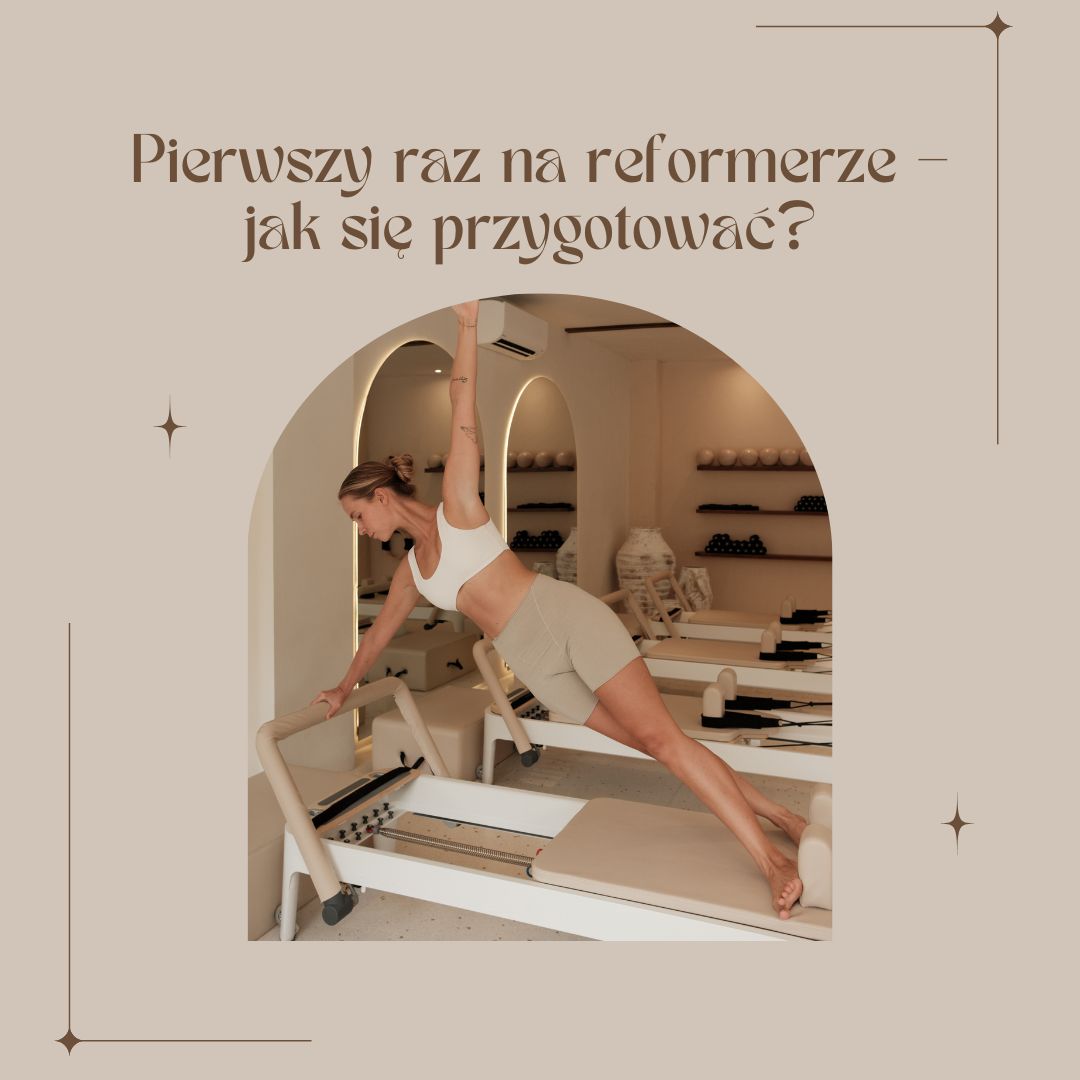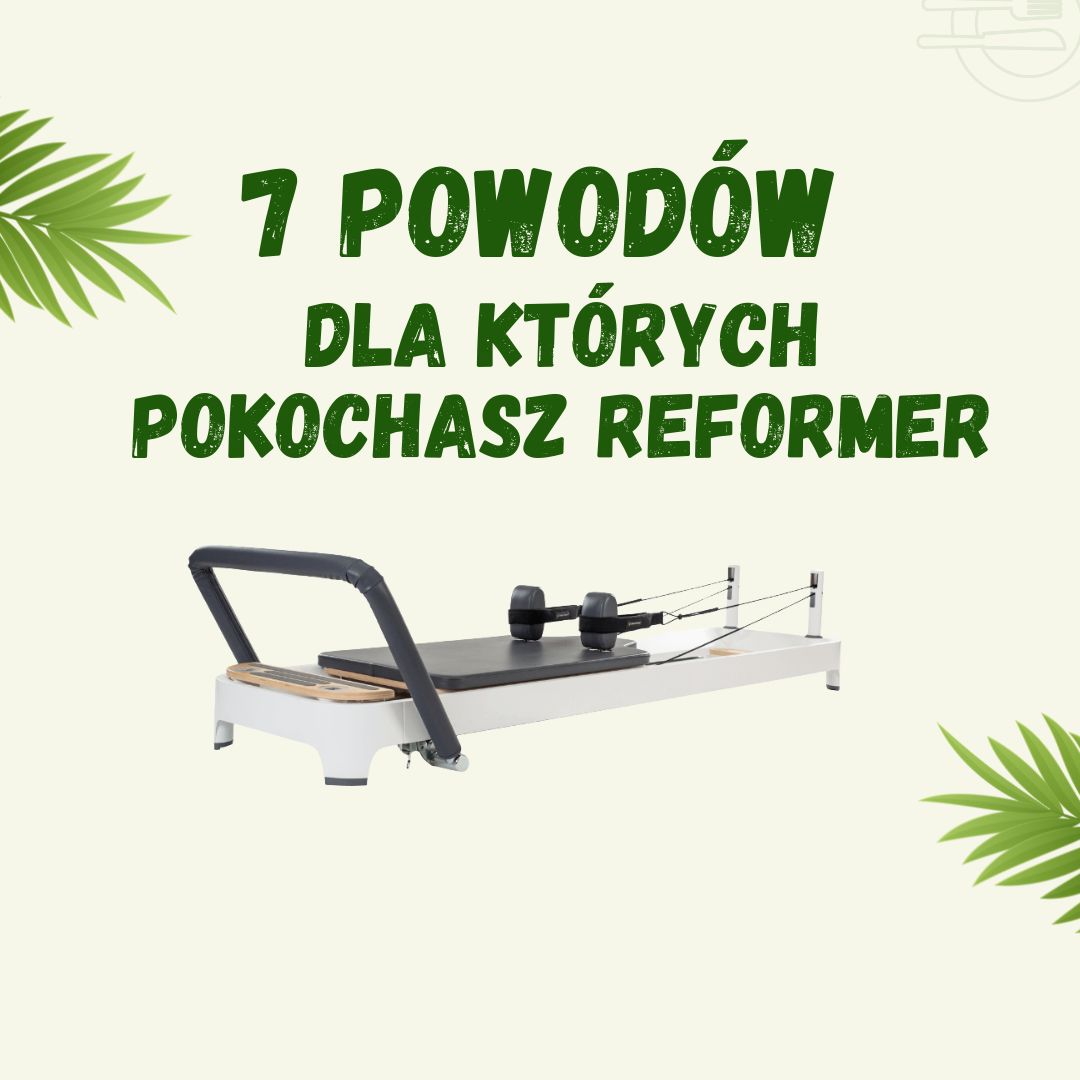Which Pilates mat should I choose?
Welcome to another #Beshaped post! On our blog you will find advice on nutrition, exercise, suggestions on choosing the right clothes and a handful of tips on typical female issues. In this post you will learn which pilates mat to choose?

What is pilates?
Pilates is a training method developed by German physiotherapist Joseph Pilates in the first half of the 20th century. The main goal of Pilates is to strengthen the deep muscles, which are responsible for stabilizing the spine and preventing injuries. Pilates exercises focus on improving body control, muscle strength, balance and motor coordination. Pilates is based on the principles of control, precision, fluidity of movements and concentration. The exercises are performed slowly, focusing on the exact execution of movements, which allows for a better sense of your body and control it during training. Through concentration and focus on the exercises performed, we learn to control our body and mind, which allows for achieving full harmony and balance.
Pilates can be used as a form of rehabilitation for people with various types of illnesses and ailments, such as back pain or respiratory problems. At the same time, it is a training method that can be used by people of all ages and at any level of advancement.
Pilates uses a variety of accessories, such as balls, bands, and exercise mats, which allow for even greater variety in training.
A pilates mat is useful for performing pilates exercises. What should a pilates mat be like? Certainly comfortable, durable and non-slip. And what else? Read our post further!

Pilates mat - what thickness and dimensions?
Choosing the right Pilates mat is very important because it affects comfort and safety during training. The mat should be of appropriate thickness, which will provide softness and cushioning, but at the same time it should not be too thick, so as not to make it difficult to stabilize the body during exercises.
The best Pilates mat should be between 6 and 10 mm thick, which will provide adequate comfort during the exercises. At the same time, the Pilates mat should be stiff enough to allow for stability during the movements.
The dimensions of the Pilates mat depend on the individual preferences of the user. Depending on the height and body size, you can choose a mat with a length of 180 to 200 cm and a width of 60 to 80 cm.
The pilates mat should be made of good quality materials that will ensure durability and resistance to damage. It is also important for the pilates mat to be non-slip, so that it will provide stability and safety during training.
To summarize, the best Pilates mat should be of adequate thickness, be made of durable and high-quality materials, and be non-slip to ensure safety and stability while performing exercises.

Pilates mat - how to choose?
What Pilates Mat? When choosing a Pilates mat, it is worth paying attention to a few important issues:
-
Pilates mat what thickness?
A pilates mat should be thick enough to provide comfort while exercising, but not too thick to prevent body stabilization. The best pilates mat should be between 6 and 10 mm thick. -
Non-slip pilates mat?
The Pilates mat should be non-slip to ensure safety and stability during training. This will help avoid slipping and injuries while performing exercises. - Material: It is important that the pilates mat is made of good quality materials that will ensure durability and resistance to damage. It is good to choose mats made of natural materials such as latex, cotton or rubber.
- Size: The dimensions of the Pilates mat should be suitable for the user to ensure comfort and freedom during exercise. Depending on the height and body size, it is worth choosing a mat with a length of 180 to 200 cm and a width of 60 to 80 cm.
- Price: The price of a pilates mat can vary depending on the quality of the materials and finish. It is worth choosing a pilates mat that meets our expectations, but is also available at an affordable price.
In summary, what is the best pilates mat? When choosing a pilates mat, it is worth paying attention to its thickness, anti-slip properties, material, size and price. Well-chosen pilates mat parameters will allow for a comfortable and safe workout.
The most important thing! A thick pilates mat - not thin, that's the most important criterion! And by thick we mean at least 6 mm.

Do you need to bring your own mat for Pilates classes?
Many Pilates studios and fitness clubs provide Pilates mats for their participants, but it is worth checking in advance whether a given facility has this option.
If the Pilates studio does not provide mats, then it is worth bringing your own Pilates mat. This will ensure that you are using a mat of the right thickness and quality that will provide you with the right comfort and safety during your workout.
Bringing your own Pilates mat also has other benefits, such as improved hygiene and saving time as you don't have to wait for the previous participant to finish their exercise and leave the mat.
Therefore, if you attend Pilates classes often, it is worth considering purchasing your own Pilates mat that will be tailored to your needs and expectations.





Leave a comment